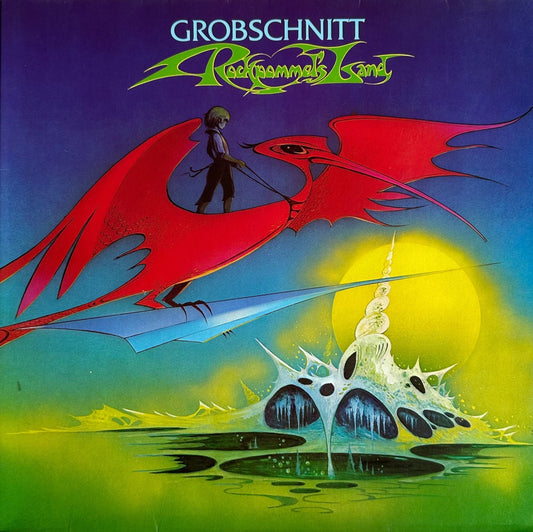Perhaps tou’ve upgraded everything else—interconnects, speaker cables, even USB. Still, the background isn’t as black as you hoped. Dynamics are a touch compressed. The sound is good, but not quite alive. And then you swap a power cable… and everything changes. Could AC really matter that much?
What to Do
Try upgrading power cables to your most sensitive components—DACs, preamps, phono stages—before tackling power amps. Use shielded cables with high current handling and low resistance. Avoid running them parallel to analog interconnects. Evaluate them one at a time using dynamic, detail-rich material.
Here’s Why That Works
Power cables transmit the raw energy every component draws and modulate that current under load. Their impedance, shielding, and dielectric properties affect how cleanly gear receives voltage—especially in components with unregulated or high-gain power supplies. Reducing noise ingress and improving conductivity can lower jitter, increase headroom, and reduce modulation distortion.
It’s not voodoo. It’s power integrity. When your source hears silence, it gives you music.



